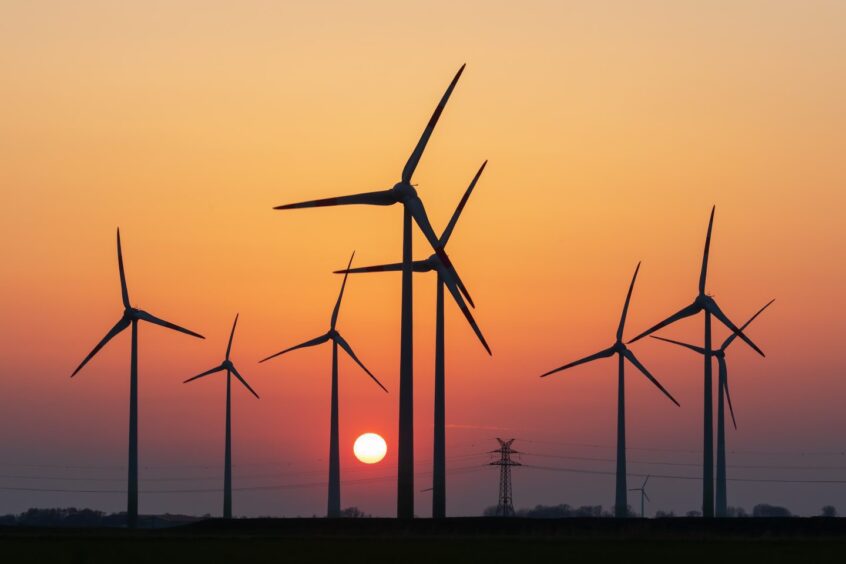
In May, Energy Voice carried a story about deteriorating safety in the offshore wind industry, citing among other sources, the safety organisation G+ that had just released the data-set for 2023.
Global offshore wind safety incidents had nearly doubled between 2022 and 2023. Last year’s total was 1,679 versus 867 in 2022, representing a 94% increase.
In the UK, there were 502 recorded incidents in 2023, up from 348 for 2022 and the G+ figures were published close on the heels of a University of Strathclyde candidate PhD paper that seemed to reveal that the UK offshore industry had an injury rate four times that of the oil and gas industry.
Except that it wasn’t a revelation. The HSE was already concerned four years earlier and, in February 2022, the British Safety Council warned about the four times scandal, two years prior.
Puzzlingly, the Strathclyde paper failed to acknowledge the BSC or trade union Prospect whose senior deputy general secretary Sue Ferns sounded the alarm in BSC’s journal.
That’s worrying. As is the paper’s failure to acknowledge trade unions in the fight to raise UK offshore wind safety standards.
A search of the document revealed zero reference to their work, whether Prospect, the RMT which Energy Voice consulted when preparing its article that appeared in May, or any other trade union by name.
In her article, Ferns refers to the offshore safety body G+ that the HSE had written to earlier expressing concern about the UK offshore wind safety situation.
The researchers also consulted G+. It is particularly valuable as it holds an international overview. The membership comprises lead operators and owners of offshore wind farms and turbine generator original equipment manufacturers. It is operated in partnership with the UK’s Energy Institute.
Ferns wrote: “Estimates suggest we need to create a 400,000-strong skilled energy workforce over the next three decades to deliver net-zero.
“The renewables industry must be welcoming and inclusive – ensuring employees’ safety, health and dignity is a key part of this.
“At Prospect, we are concerned that this growing workforce will not enjoy decent and safe jobs without employers involving trade unions in health and safety matters and without the right regulatory framework – both of which are currently, at best, substandard.”
Ferns claimed Prospect had 22,000 members working across all parts of the energy sector and had “huge experience of working with employers to deliver healthy and safe workplaces in many high hazard industries”.
“Our members and reps are experts in their fields – engineers, managers and specialists who have deep knowledge of their work and the risks it poses. Their insight must be utilised.”
Ferns accords Big Wind credit in that safety standards had generally improved over the prior decade.
However, she warned: “But in more recent years worrying evidence has emerged that this is tailing off, perhaps even going backwards.
“According to the industry’s own figures, in 2020 the rate of lost time to injuries in UK offshore renewables was four times as high as in offshore oil and gas, itself a high hazard industry.“
She pointed out that the HSE was forced to intervene that year following serious incidents. 2019 had also been a bad year for LTIs.
“The regulator wrote to G+ and SafetyOn [an onshore wind focussed organisation] – they are employers’ health and safety bodies – warning that “improvement in health and safety performance has at best stalled if not reversed.”
She said the HSE outlined various concerns, including fatigue, cost reductions, training and supervision, and inspections of work equipment.
Surely all grist to the mill for the authors of ‘Offshore wind H&S: A review and analysis’?
At least the paper gives health big licks and warns: “As the industry continues to grow it can be expected that health and safety (H&S) performance will come under increasing pressure.”
But Ferns had already warned in BSC’s journal that Prospect members were subjected to long hours, fatigue and stress. It was rife.
Strathclyde seems to be tuned in, mentioning various studies, all of which warn that 12-hour shifts and 14-day work rotations are normal.
Ferns suggests that, since the industry already publishes data on accidents and incidents, it should “urgently” supplement this with health data. Not an unreasonable request, in my opinion.
One point that the Strathclyde paper raises but Fern doesn’t cover is the potential impact of vast herds of floating wind turbines on workers hired to service and fix them.
The culprit? Low frequency motion sickness.
Doubtless the ignored unions are already on that case too.
Meanwhile, Big Wind is very keen to sell us the clean, green energy dream; endless cheap power. But the human cost is carefully hidden.
Recommended for you
